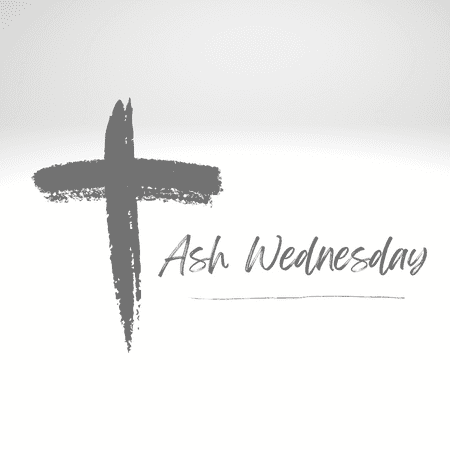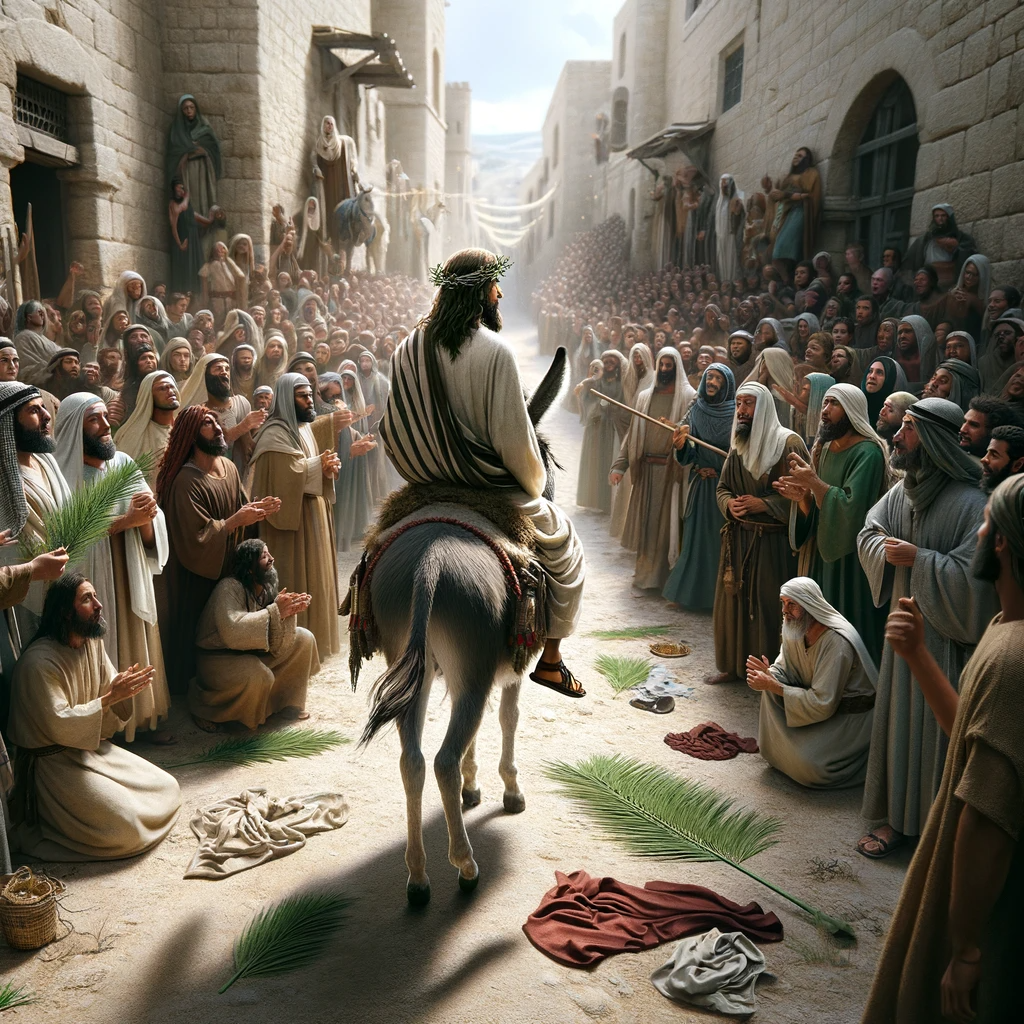Ash Wednesday marks the beginning of Lent, a 40-day period of fasting and repentance in the Christian calendar leading up to Easter Sunday. It is observed by many Western Christians, including Catholics, Lutherans, Methodists, Anglicans, and Presbyterians.
Significance:
- Spiritual Reflection and Preparation: Ash Wednesday is a day for reflection on one’s mortality and sinfulness, and the need for reconciliation with God. It sets the tone for the penitential season of Lent.
- Ashes: During Ash Wednesday services, ashes are applied to the foreheads of participants in the shape of a cross. These ashes are traditionally made by burning the palm branches from the previous year’s Palm Sunday. The application of ashes symbolizes dust from which humans were made and the dust they will return to after death, echoing the words from the Bible, “Remember that you are dust, and to dust you shall return.”
- Focus on Repentance: The day is marked by fasting, abstinence from meat, and repentance—a time for Christians to reflect on their lives and seek forgiveness for their sins.
Observances:
- Church Services: Special services are held where believers receive ashes on their foreheads.
- Fasting and Abstinence: Many Christians choose to fast or give up certain luxuries as a form of penitence.
- Prayer and Reflection: It is a time for increased prayer, penance, and charitable actions.
Ash Wednesday’s solemnity reminds believers of their mortality, the need for repentance, and the salvation offered through Jesus Christ’s death and resurrection. It is a day of inward examination and the start of a spiritual journey towards Easter.







